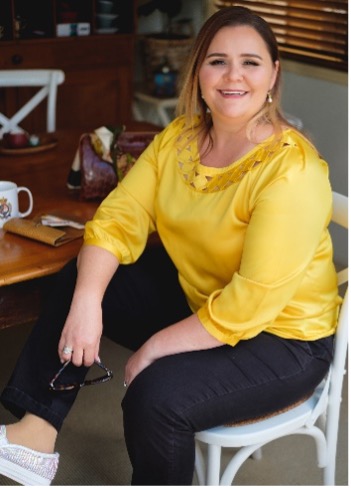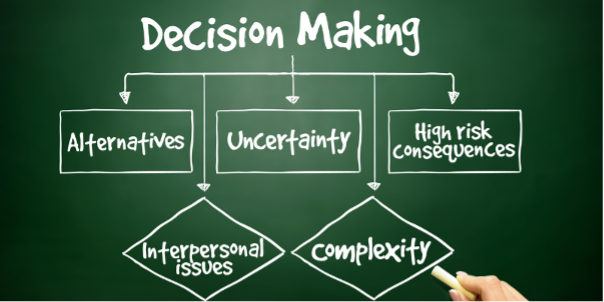Does your team have conversations that are repetitive, don’t result in an outcome and you suspect important perspectives are missing in action? I’ve worked with clients who feel the same way.
They have team meetings about critical issues where a few dominant voices take centre stage, while others remain silent. We’ve found that implementing a structured decision-making process, where each team member is given the opportunity to share their thoughts and opinions, regardless of personality type, leads to the surfacing of a range of perspectives, a more nuanced team conversation and not surprisingly, a more informed decision. The team also realised that by using a structured process, they ensure everyone’s voice is heard, and they can make better decisions together.
I chatted with Samantha Rush, a Ph.D. student studying decision-making, in a Thriving in Complexity podcast episode, about why structure is powerful when making decisions in complexity.

Samantha shares how the use of structured processes in decision-making can help increase both the quality and the quantity of information available to teams. This, in turn, can have a positive impact on team decisions, team outcomes, as well as the experience of everyone in the team.
Samantha’s research has shown that using a structured process encourages individual contributions from team members and helps surface minority and diverse opinions that might otherwise be missed. She is testing a wide range of contexts to understand the situations where using a structured process would be helpful and useful. Complexity is one of those contexts.
And Indra Nooyi, former CEO of PepsiCo agreed when she said, ‘Structured decision-making processes provide a framework for making complex decisions and help ensure that all perspectives are considered.”
However, just having access to these techniques and tools isn’t enough – they need to be used.
Samantha provides three tips for making good decisions:
- Raise and validate assumptions to ensure they don’t trip you up later.
- Be clear on the problem you are trying to solve or the decision you are trying to make. Spending time getting clear on your problem definition can save time later.
- Avoid putting something in the too-hard basket and kicking the decision-making can down the road. Not making a decision is making a decision and avoiding a decision can be dangerous.

We also spoke about the challenge when people choose to keep quiet, and the usefulness of Nancy Klein’s work on the Ten Components of the Thinking Environment.
We came up with our own three components when it comes to team decision-making:
- Fit for situation structured process technique.
- Environment where people feel safe to speak up.
- Attention to the quality of the conversation – encourage ideas and feelings.
Samantha cautions that the use of structured techniques requires deliberate consideration and preparation. I highly recommend listening to the full episode. It’s available on your favourite podcast app and has been one of the most popular episodes so far.
Remember, making a good decision is not just about the outcome, but also about the process and how team members perceive it.







